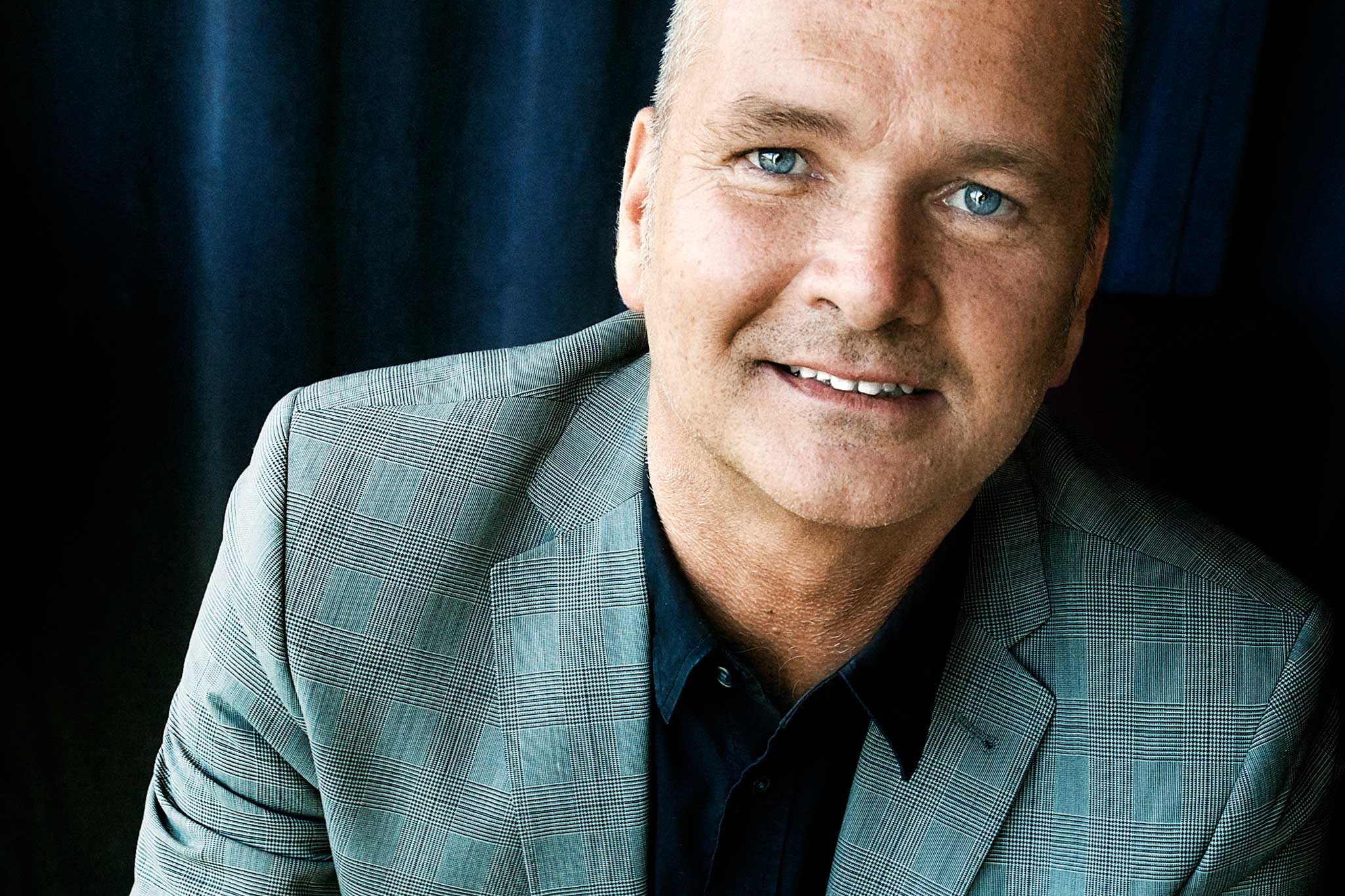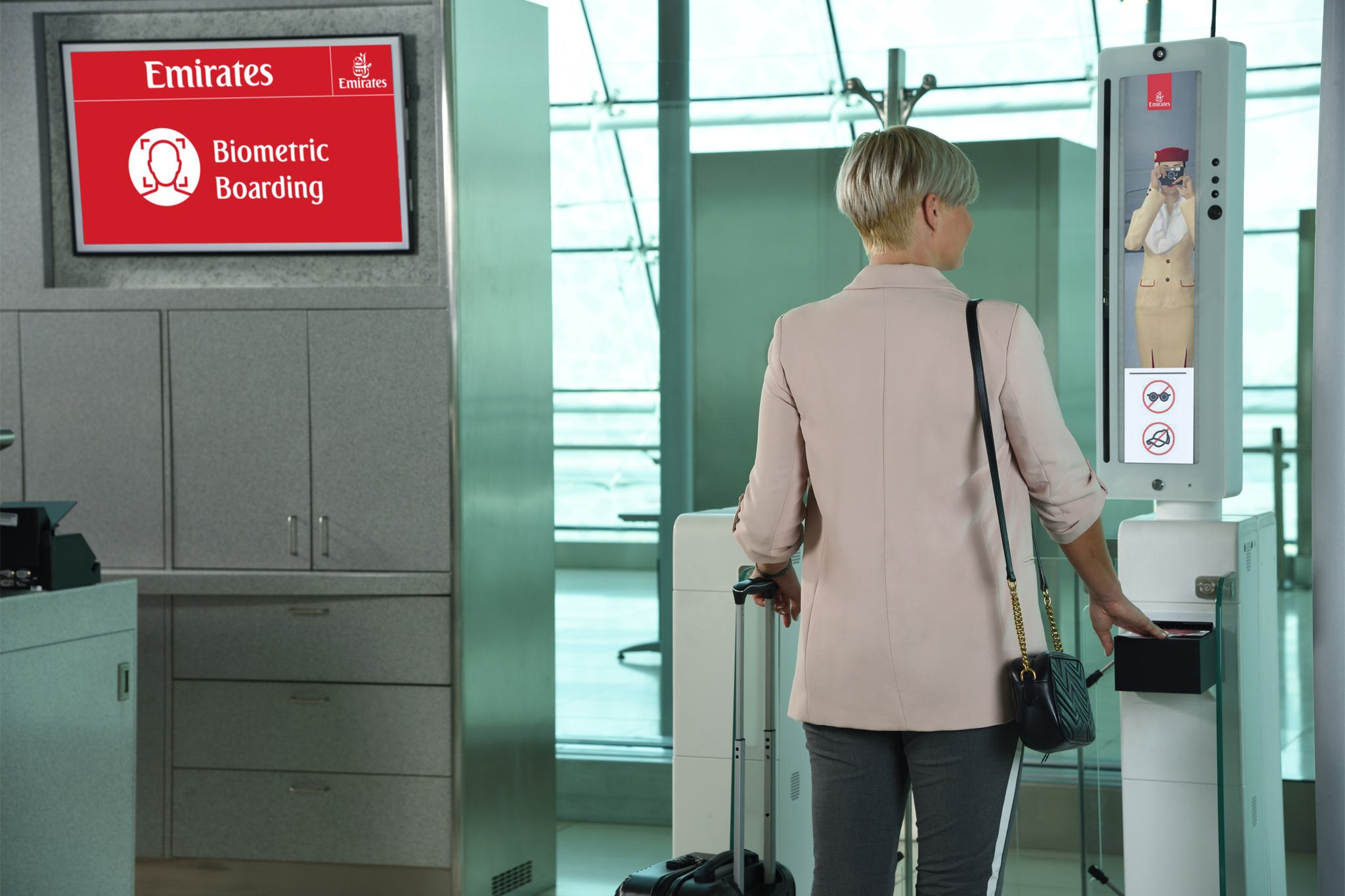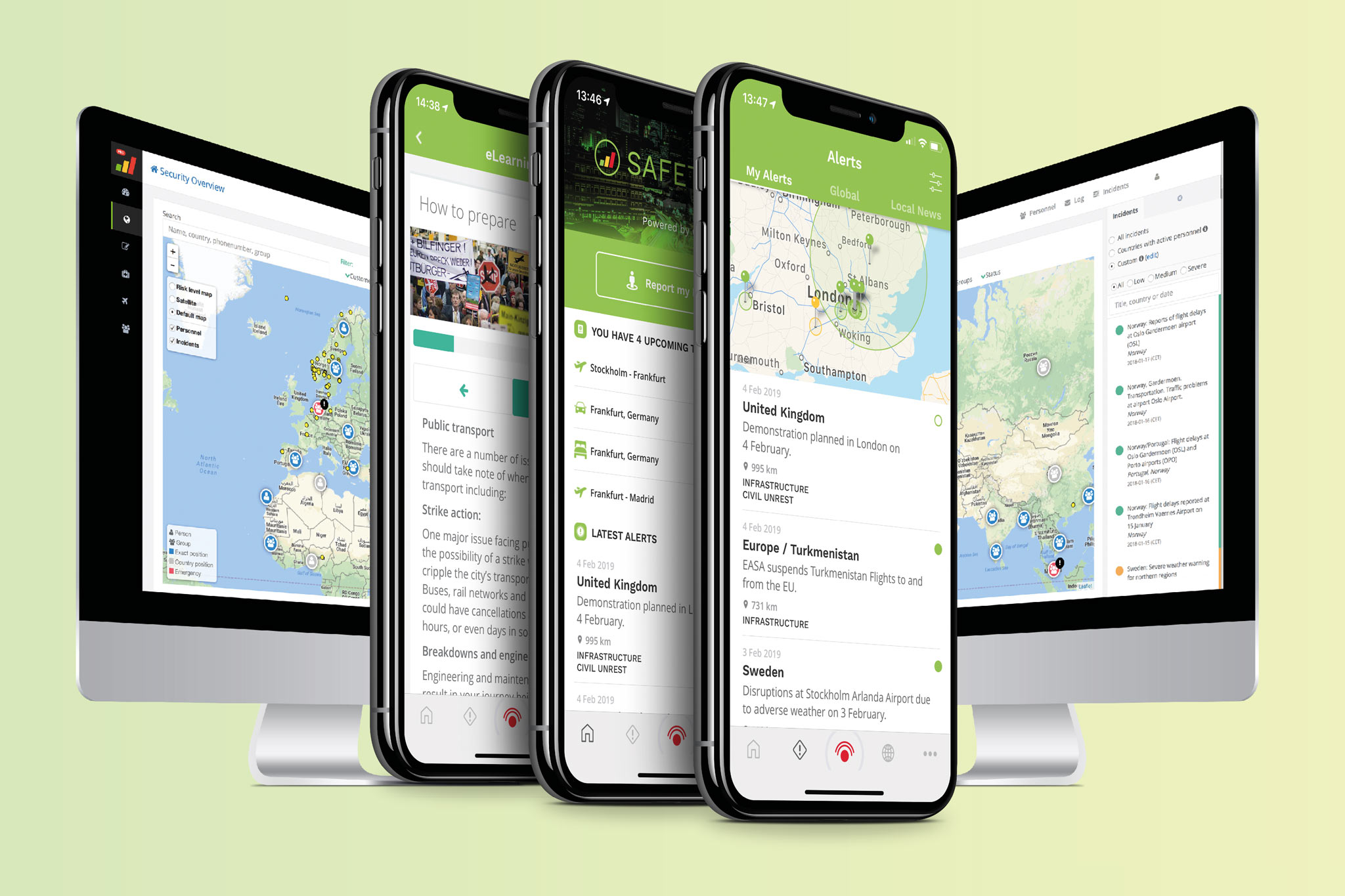Hans Kanold is CEO of Safehotels Alliance, an international certification and training company for the hotel and the meetings industry that works in cooperation with a global network of experienced security consultants. Today, the company works with well-known hotel brands such as Carlson Rezidor, Accor Hotels, Design Hotels, Marriott, Scandic Hotels, Choice Nordic Hotels, World Hotels and Coco Palm.
“Now it’s easier to identify hotels that have the right approach to security issues. The certificate shows the hotel takes a preventive approach to minimise risks and that it is prepared if something does happen,” says Hans Kanold.
When a hotel gains a security certificate from Safehotels, it simplifies communication between the hotel and the company in negotiations. The hotel also undergoes a third-party audit. Subsequently, there is an annual inspection, which in itself creates continuity in security work.
Hans Kanold explains that certification acts as independent support for management and that the quality marking generates ROI for security-related investments. In addition, it is also a hallmark of quality for the hotel.
Fewer incidents happen in security-certified hotels, which means that costs are kept down. It also strengthens the brand and shows that you, as a hotel owner, care about your guests’ and customers’ well-being, comments Hans Kanold. Gaining certification is also an advantage from a market perspective.
“You create a competitive advantage over other hotels, and that in itself is a mark of quality, a so-called Trust Symbol. It’s also a new sales argument that everyone understands and a marking that gains attention and means something.”
According to Hans Kanold, one of the biggest benefits for companies and organisations in the meetings industry is fast access to information about which hotels are certified.
“You know that it’s a third-party audit carried out by an independent source and is therefore comparable with other inspections that are carried out. It’s easier to identify hotels that work in accordance with best practices. But it‘s also important that, as a buyer, you can reduce your, and the company’s, need to carry out your own checking routines. This is something that saves time and money for companies’ travel managers.”
“The certificate shows the hotel takes a preventive approach to minimize risks and is prepared if something does happen”
Hans Kanold considers that another benefit of certification is that it creates a communication tool between the hotel and the guests. It creates security for the guests and for the hotel’s employees.
“It not only shows the hotel takes a preventive approach and has preparedness in the event of an accident but also that the hotel has the capability to increase security if the threat level rises.”
Quality marking is divided into seven phases:
- Presentation of the certification process.
- Review of the hotel’s documentation.
- Evaluation via the test procedure.
- Interviews with employees.
- Reporting.
- Working process.
- Return visit, review of certification.
When the hotel has achieved what Safehotels considers a satisfactory level, it gains its certificate. Subsequently, an annual inspection is carried out to show the standard has been maintained at the same high level as the original quality marking.
Hans Kanold gives some examples of what is involved in gaining The Global Security Standard certification.
It includes signs, training, documentation, organisation, maintenance, alarms, lock systems, medical equipment, routines for recruitment and evacuation, fire training, incident reporting, follow-ups, collection of information, crisis management, the ability to strengthen security and how to write a report.
Many aspects are involved in a certificate issued by Safehotels. It requires extensive cooperation for an annual inspection, as well as writing a report listing measures to be implemented. And, it also involves an SSA site, which is a document bank on the web.
“The site is web-based to enable systematic fire protection work and exposure on the Safehotels home page. It includes signs for the lobby, diplomas, access to logos etc. for hotels’ own marketing, information for guest rooms and exposure via our activities nationally and internationally.”



